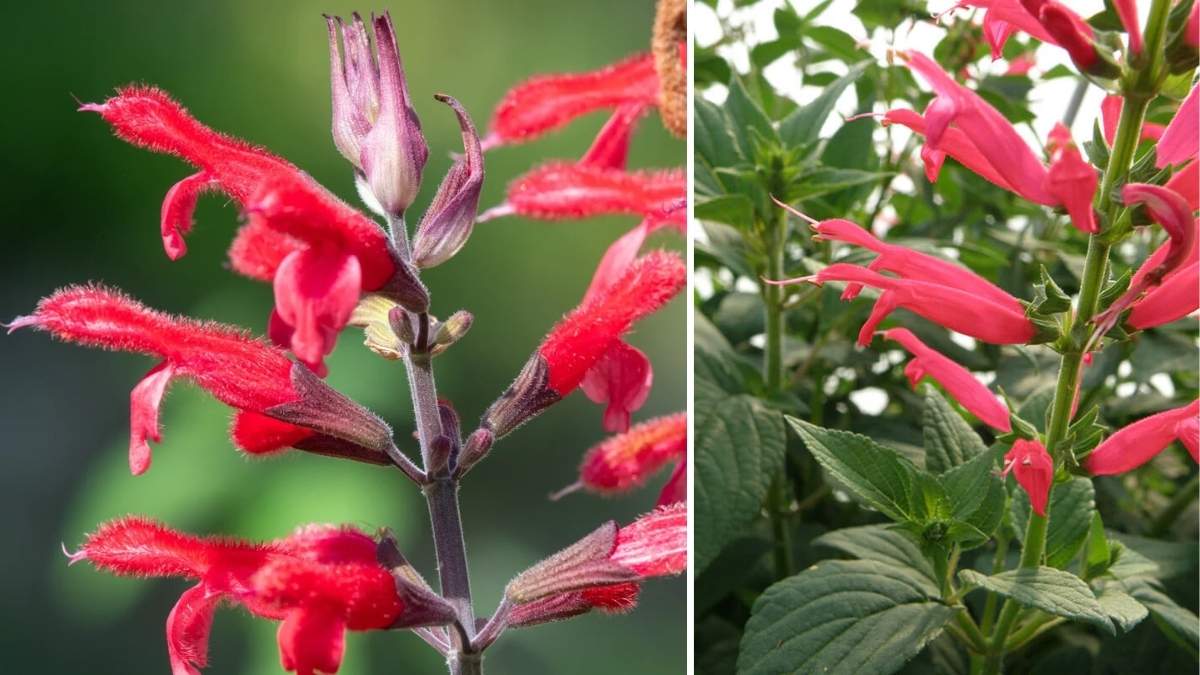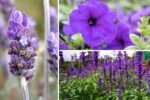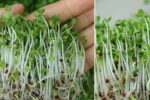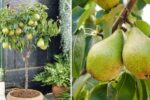Pineapple sage is one of the most delightful plants you can add to your garden. With its fragrant leaves, bright red flowers, and easy-growing nature, this herb not only enhances the beauty of your outdoor space but also attracts hummingbirds, butterflies, and bees. Known for its sweet, pineapple-like aroma, this versatile herb is loved by both gardeners and pollinators alike. Whether you are new to gardening or have years of experience, learning to grow pineapple sage can help you create a lively, colorful, and eco-friendly garden space that hums with life and fragrance.
Understanding Pineapple Sage
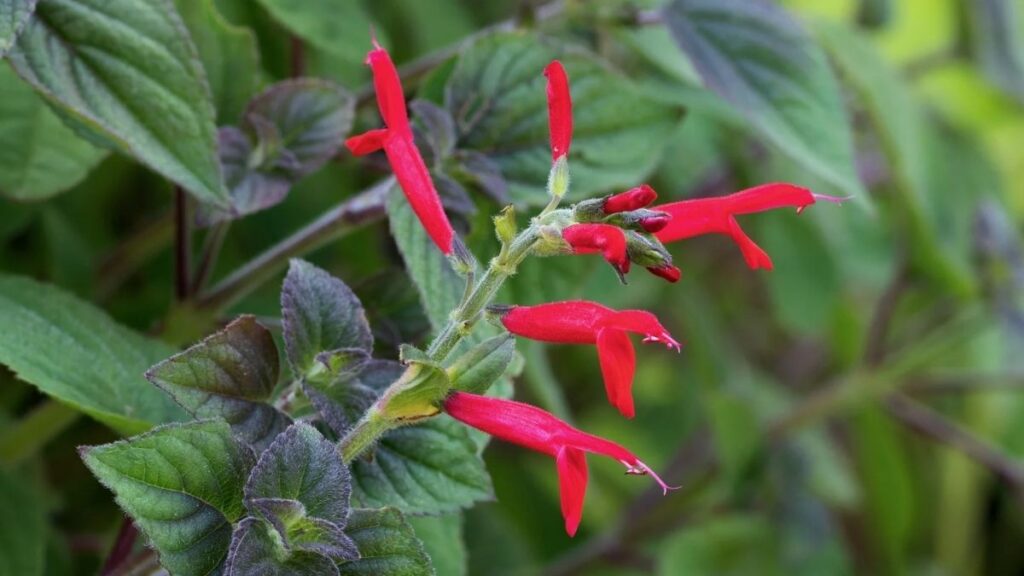
Pineapple sage, scientifically called Salvia elegans, is part of the mint family and originates from the highlands of Mexico and Guatemala. It is a tender perennial in warm climates and is often treated as an annual in colder regions. The plant grows upright, reaching between three and four feet tall, with soft green leaves that release a pleasant pineapple scent when rubbed. In late summer and early fall, pineapple sage bursts into bloom with vibrant red tubular flowers that are especially attractive to hummingbirds and butterflies.
Beyond its ornamental beauty, pineapple sage is also edible. The leaves can be used fresh or dried in herbal teas, salads, and desserts, while the flowers make a striking garnish for cakes or drinks. Its versatility makes it a wonderful addition to any herb or pollinator garden.
Choosing the Right Location
Selecting the right location for pineapple sage is crucial to help it grow strong and healthy. The plant loves sunlight and warmth, so choose a spot in your garden that receives plenty of sunshine throughout the day.
Keep these points in mind when choosing the best spot:
- Pineapple sage thrives in full sun, needing at least six hours of direct sunlight daily.
- It prefers well-draining, sandy, or loamy soil that doesn’t retain excess moisture.
- Avoid low-lying areas where water tends to collect, as soggy soil can cause root rot.
- If your garden soil is heavy clay, consider planting in raised beds or large containers with a high-quality potting mix.
A sunny, well-drained spot will ensure your pineapple sage produces lush green foliage and an abundance of bright flowers that attract hummingbirds all season long.
Planting Pineapple Sage
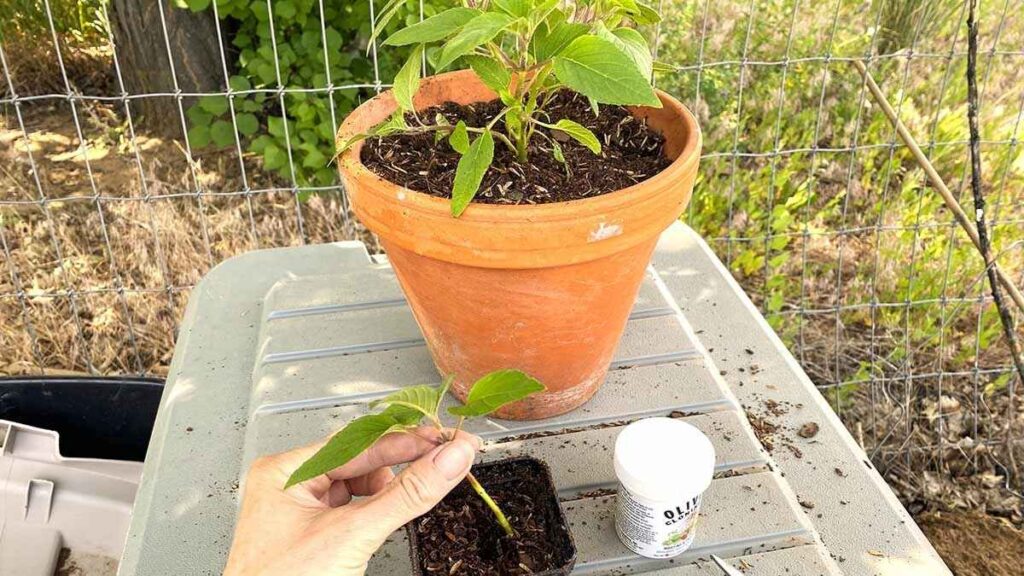
You can grow pineapple sage from seeds, nursery plants, or stem cuttings. For beginners, it’s often easiest to start with young plants or cuttings rather than seeds, as they establish faster.
Follow these basic steps to get started:
- Wait until after the last frost before planting outdoors, as pineapple sage is sensitive to cold.
- Space the plants about two feet apart to allow for good airflow and growth.
- Dig a hole slightly larger than the root ball, place the plant inside, and fill the hole with soil.
- Gently press the soil around the base of the plant and water thoroughly to help it settle.
If you live in a region with cold winters, it’s best to grow pineapple sage in pots so you can bring it indoors during freezing temperatures.
Watering and Feeding
Pineapple sage enjoys consistent moisture but not soggy soil. The key is to maintain even hydration, especially during the growing season.
- Water the plant when the top inch of soil feels dry.
- During hot summer days, water more frequently, especially for container plants.
- Add a layer of organic mulch around the base to help retain moisture and suppress weeds.
- Use a balanced organic fertilizer or compost once a month during the growing season to encourage healthy growth and blooms.
Avoid overfertilizing because too much nitrogen encourages leafy growth rather than flower production. A light, consistent feeding routine will give you a plant full of color and scent.
Pruning and Maintenance
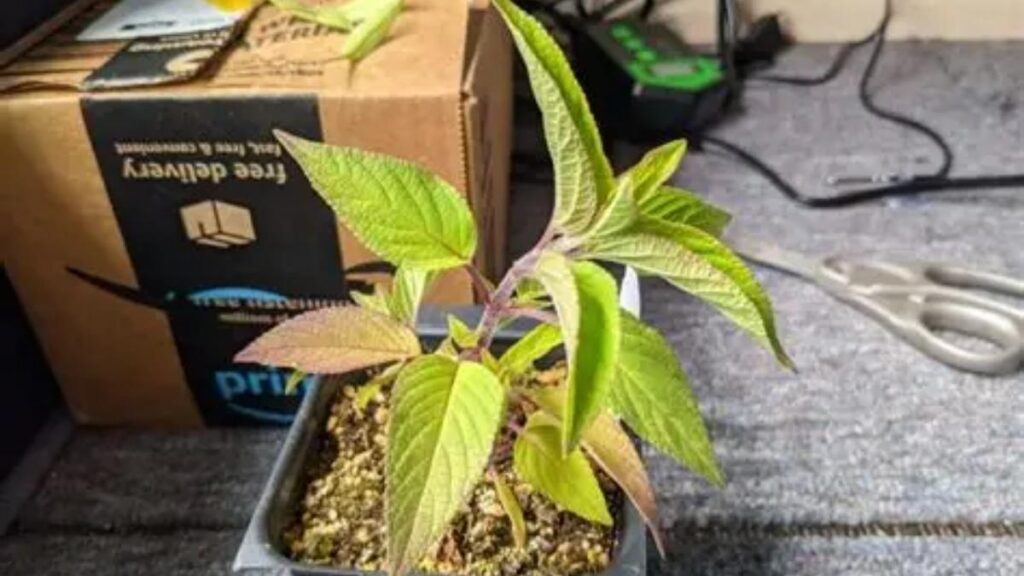
Pruning plays a big role in keeping your pineapple sage plant neat, bushy, and productive. Without regular trimming, it can become leggy and produce fewer flowers.
Here are some easy maintenance tips:
- Prune back the plant in early spring to remove dead or weak stems.
- Pinch off the growing tips during the season to encourage branching and fuller growth.
- After flowering, cut back the plant by about one-third to help it maintain its shape and prepare for the next bloom cycle.
- Remove any yellowing or damaged leaves to promote healthy new growth.
If you live in an area with cold winters, take stem cuttings before the first frost and root them indoors. This way, you can keep your pineapple sage alive and ready for the next planting season.
Attracting Hummingbirds and Pollinators
One of the greatest joys of growing pineapple sage is watching hummingbirds darting between its brilliant red flowers. These tiny birds are drawn to the tubular blossoms filled with sweet nectar, especially in late summer and fall when many other flowers begin to fade.
To make your garden even more attractive to hummingbirds:
- Plant pineapple sage alongside other nectar-rich flowers like bee balm, trumpet vine, and zinnias.
- Group your plants together to create a vibrant feeding zone for pollinators.
- Avoid using pesticides or chemicals, as they can harm hummingbirds and beneficial insects.
- Add a shallow birdbath or water source nearby for the birds to drink and bathe.
A garden filled with pineapple sage and other nectar flowers will soon become a lively, colorful haven buzzing with activity.
Growing in Containers
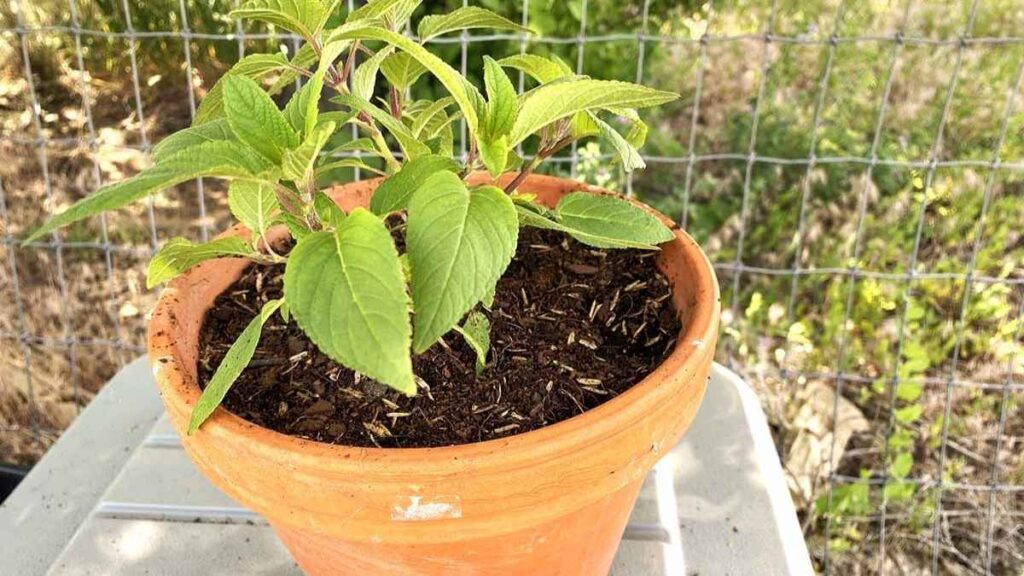
If you don’t have much outdoor space, pineapple sage is a great option for container gardening. It adapts well to pots and performs beautifully on balconies, patios, or sunny windowsills.
When growing in containers:
- Choose a pot that’s at least 12 to 14 inches wide with good drainage holes.
- Fill it with a well-draining potting mix, ideally one formulated for herbs or vegetables.
- Place the container where it receives full sun for most of the day.
- Water regularly, as container plants tend to dry out faster than those in the ground.
- Feed with a liquid organic fertilizer every 3–4 weeks during the growing season.
Before the first frost, bring the containers indoors and place them in a bright, sunny window or under grow lights to keep them thriving during winter.
Common Problems and Solutions
Although pineapple sage is generally easy to grow, it can occasionally face a few issues. The most common problems include pests and overwatering.
Be on the lookout for:
- Aphids and whiteflies – These small insects can appear on leaves and stems. Rinse them off with water or use insecticidal soap if needed.
- Root rot – Caused by soggy soil and poor drainage. Prevent this by watering only when the soil’s surface feels dry and ensuring proper drainage.
- Cold damage – The plant is not frost-tolerant, so protect it from freezing temperatures by moving it indoors or covering it during cold nights.
With a bit of care and attention, your pineapple sage will stay healthy and full of blooms throughout the growing season.
Harvesting and Using Pineapple Sage
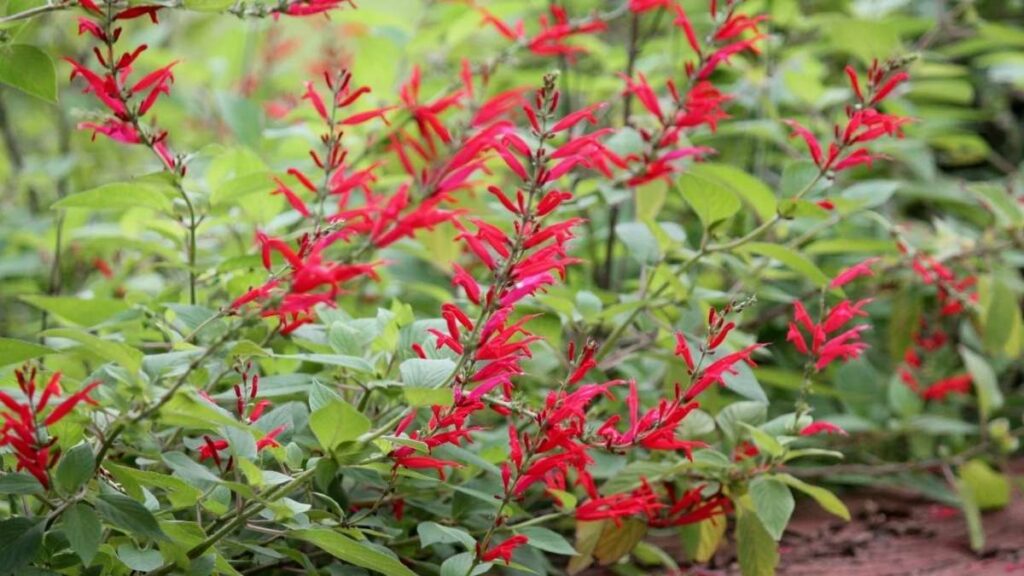
One of the best things about pineapple sage is that you can use both its leaves and flowers in the kitchen. You can begin harvesting once the plant is well-established and has plenty of foliage.
- Pick leaves in the morning, when the oils and aroma are strongest.
- Use fresh leaves in teas, salads, or desserts to add a fruity flavor.
- Dry the leaves by hanging small bunches upside down in a cool, airy place for later use.
- The bright red flowers are also edible and make stunning decorations for cakes, drinks, or ice cubes.
Pineapple sage’s light, fruity taste adds a refreshing twist to beverages and desserts, making it a favorite among herb lovers.
Overwintering and Longevity
In warm regions, pineapple sage can live for several years as a perennial. However, in colder climates, it often behaves as an annual and dies back after frost. Fortunately, it’s easy to preserve your plant for the next season.
To overwinter pineapple sage:
- Take cuttings before the first frost and root them indoors in pots.
- Keep them in a bright, sunny window or under grow lights during winter.
- Water sparingly and avoid overwatering while the plant is semi-dormant.
- When spring returns, transplant the cuttings back outside once the danger of frost has passed.
This simple method allows you to enjoy pineapple sage year after year without needing to buy new plants.
Final Thoughts
Growing pineapple sage is a rewarding and enjoyable experience for gardeners of all levels. This vibrant, fragrant herb adds color, scent, and life to your outdoor space while serving as a natural magnet for hummingbirds and butterflies. With the right amount of sunlight, well-draining soil, and consistent watering, it thrives beautifully throughout the growing season. Its versatility extends from garden beds to pots, and its culinary uses make it even more special.

